As we head into a new decade, let’s take some time to acknowledge the incredible events and momentous changes in the travel world since 2010.
2010: Death of the Printed Boarding Pass

Mobile boarding passes became the norm in 2010 when United Airlines starting implementing them.
2011: Security Lines at Airports Becomes Less Painful

In October 2011, the TSA launched its PreCheck program; there are now more than 200 participating airports and 8.54 million members.
2012: Ridesharing Picks Up Momentum

Over the summer of 2012, Lyft quietly launched as a part of the company Zimride, a long-distance intercity carpooling company. A year later, its founders sold Zimride to focus on developing Lyft and competing with Uber.
2013: Transatlantic Travel Becomes More Accessible (and Cheaper)
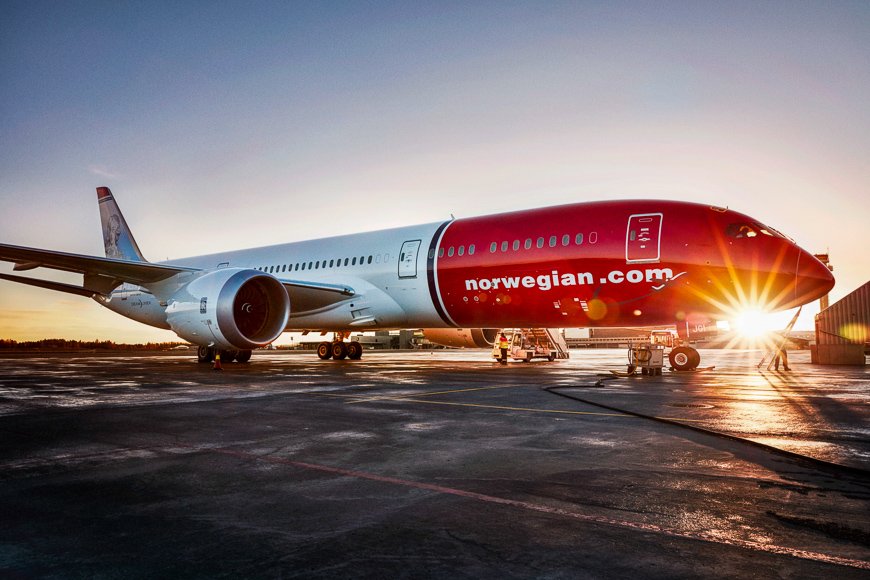
In May 2013 Norwegian Air Shuttle launched transatlantic flights with routes from Oslo and Stockholm to New York JFK. The airline expanded rapidly and now offers flights to Europe from Boston, New York, Los Angeles, Fort Lauderdale, Orlando, San Francisco, and more.
2014: NYC Honors Victims of September 11th

In spring 2014, the National September 11 Museum opened, followed later in the year by One World Trade Center, the tallest building in the U.S. and the Western Hemisphere. The following spring, One World Observatory opened and now the area is a popular tourist attraction for NYC visitors.
2015: Overtourism Is on the Rise

One year after a portion of the Pont des Arts bridge in Paris collapsed, the infamous “love locks” were removed in June of 2015. The weight of the locks, which were added by tourists over the years, caused the collapse and brought attention to the impact of tourists on cities’ infrastructure.
2016: Cuba Opens for Less-Restricted Tourism

The 2016 JetBlue Flight 387 was the first regularly scheduled commercial flight to land between Cuba and the U.S. in 55 years and was a significant milestone in the evolving relationship between Cuba and the U.S.
2017: People Travel en Masse for the U.S. Solar Eclipse
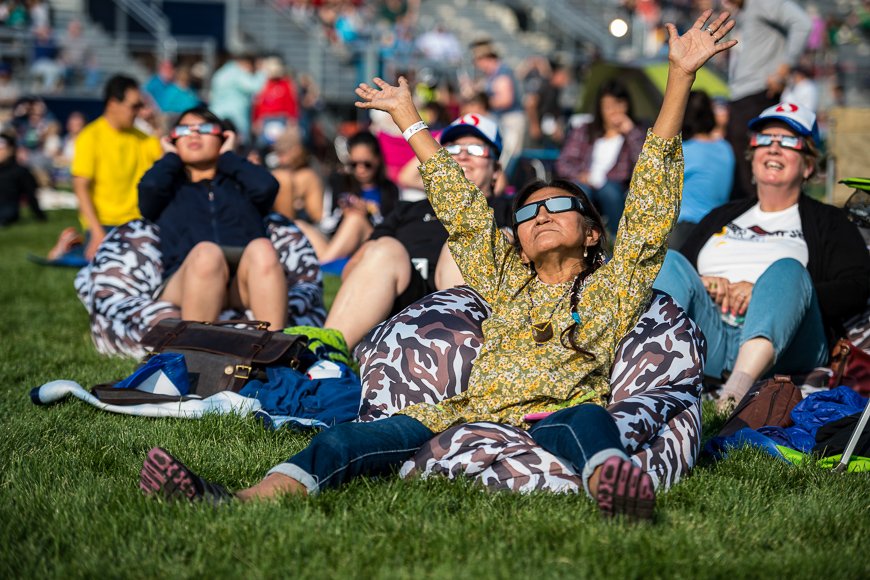
It was estimated that more than 154 million people, or 70 percent of the American population, ventured outside to view the solar eclipse. With 12 million living in the path of totality, advanced estimates predicted that between 1.8 and 7.4 million people would travel. Regardless of the exact statistics, many hotels and tourism destinations reported a spike in visitors and revenue during the eclipse.
2018: Tourism Reaches a Global High
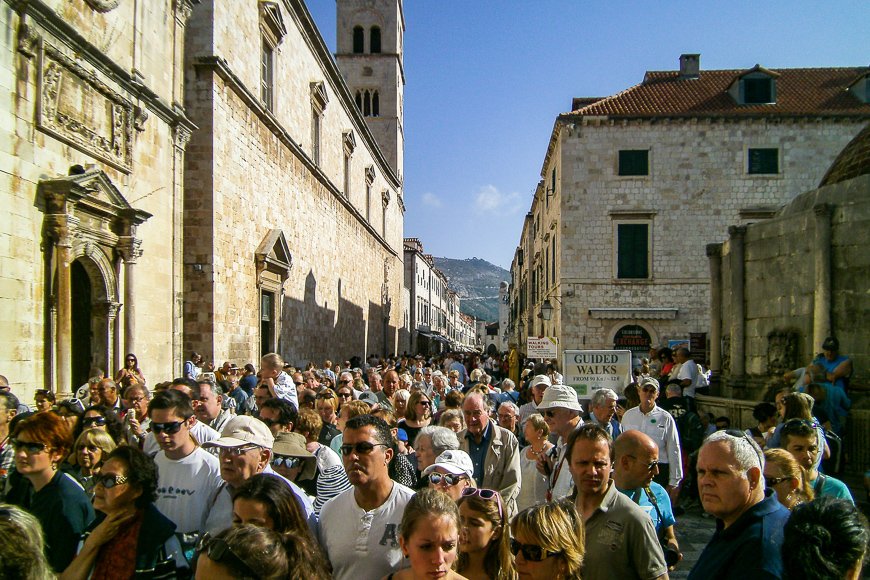
According to the UNWTO, international tourist arrivals reached a record of 1.4 billion international tourist arrivals, a rise of six percent over 2017. This is well above the UNWTO’s long-term forecast of 3.8 percent growth per year for the period from
2010 to 2020.
2019: Scandals and Restrictions Hit the Global Sharing Economy
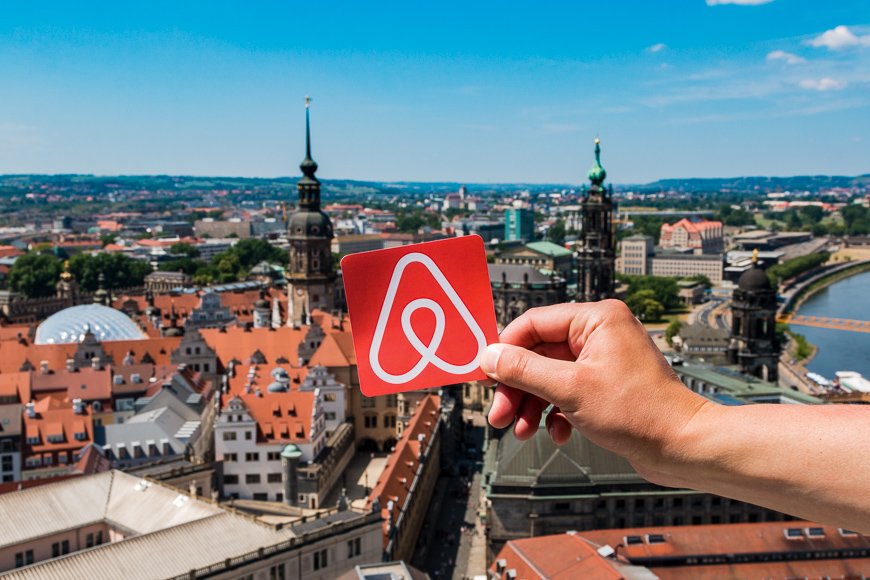
In the past decade, the global sharing economy has had its challenges both financially and legally for companies like Uber, Lyft, and Airbnb. This year, Airbnb faced what might be its biggest scandal to date with the uncovering of hundreds of fake listings.
2020: The Future of Cruising

The much-anticipated Virgin Voyages will make its maiden voyage in March of 2020. The adults-only cruise line promises a unique experience, and cruisers everywhere are anxious to see what the Richard Branson version of cruising will entail.
Beyond: Is Space Tourism a Thing?
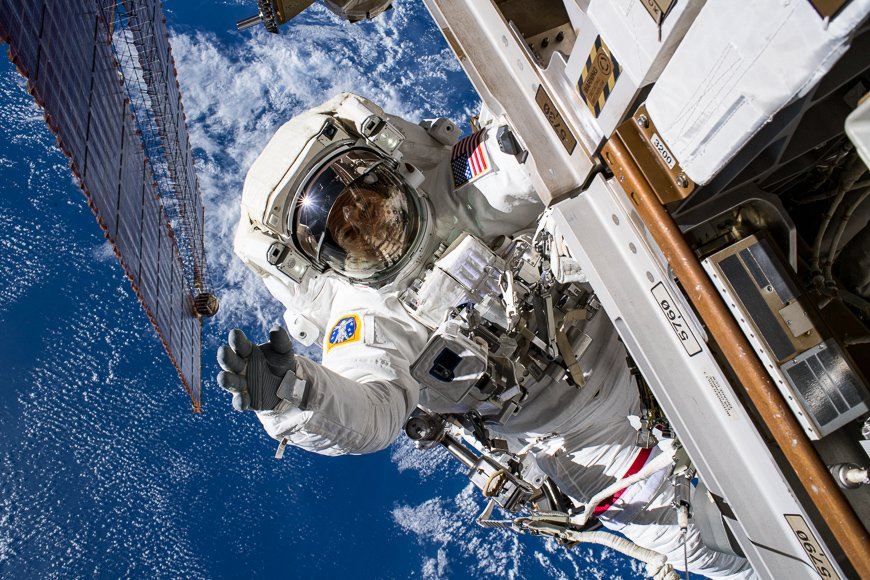
In June of this year, NASA announced that it is opening the International Space Station to new commercial opportunities and private astronauts.
Check back in January for a full list of our predicted travel trends for the new year.
More from SmarterTravel:
Noemi de la Torre contributed to this story.























































